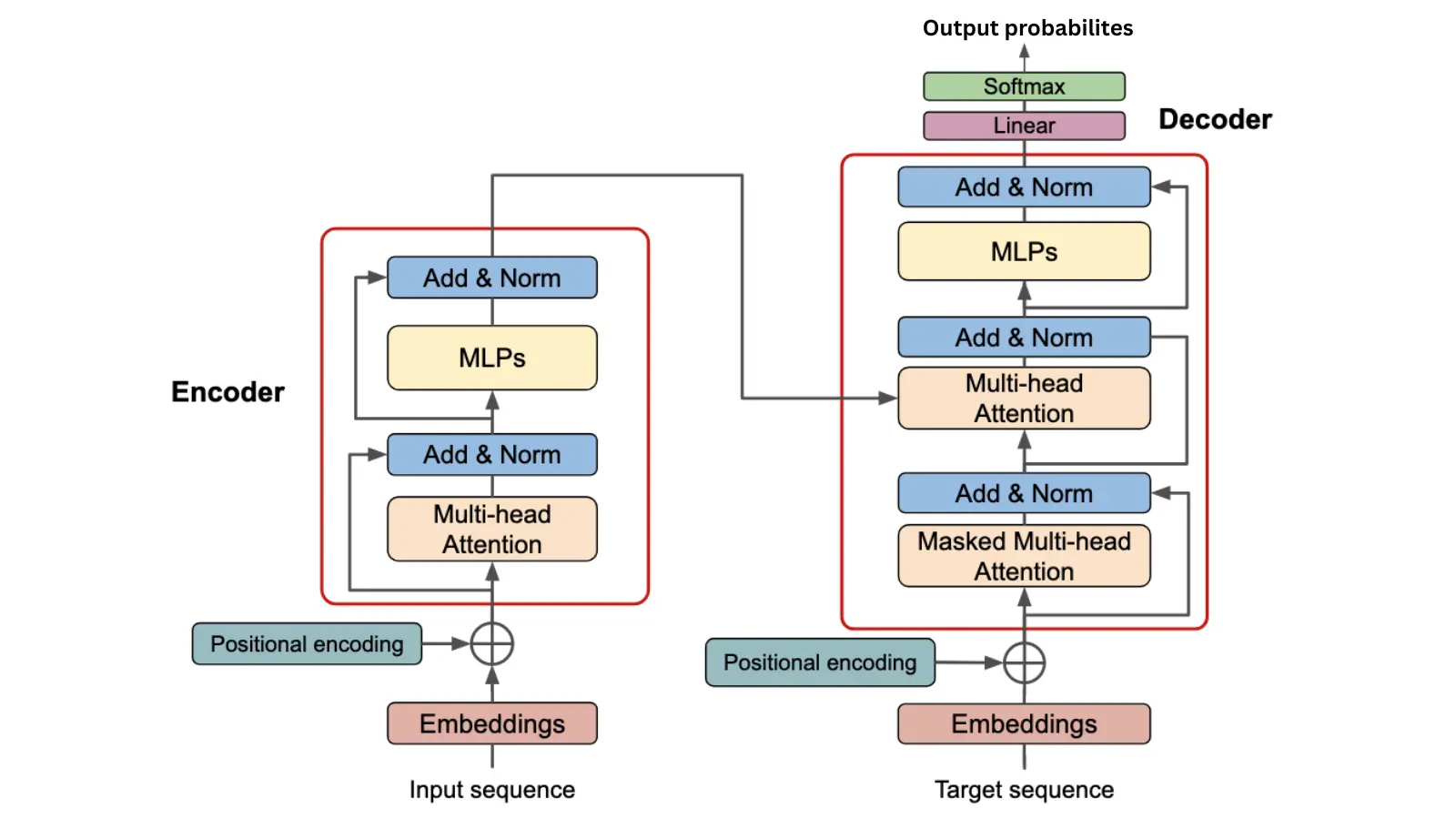

Week 11: 3 LLM Architecture Patterns for Production AI
It seems that much of the public conversation around large language models remains focused on the single-turn assistant. You ask a question, you get an answer. It’s a useful paradigm, but it’s also a limiting one for anyone trying to build durable, valuable systems.
The most interesting work we’re seeing isn’t happening inside the prompt window. It’s happening at the architectural level, where the LLM is treated not as a destination, but as a component within a larger system.
We are observing three distinct architectural patterns emerge as teams move from simple experiments to production applications.
The first is the LLM-as-a-Controller. In this model, the LLM’s primary job is not to answer a question, but to interpret a high-level goal and orchestrate a sequence of actions using other tools, models, and APIs. It translates human intent into a machine-executable workflow.
The second is what we call Recursive Summarization and Synthesis. This pattern is designed to tackle the problem of massive, unstructured context—like thousands of customer support tickets or hours of user interview transcripts. The system recursively processes and condenses information in chunks, building a final synthesis that no human could feasibly create on their own.
The third is the Fine-tuned Specialist. Instead of relying on a general-purpose model, this architecture involves training a smaller, specialized model on a narrow, proprietary dataset. The goal is to trade broad capability for exceptional reliability and accuracy in a single, critical domain.
These distinctions matter because they shift the core challenge away from prompt engineering and toward systems design. Each architecture solves a different class of problem and comes with its own set of trade-offs regarding cost, latency, and operational complexity. Choosing the right one is a matter of engineering, not just linguistics.
This points to a clear direction. The future of applied AI will likely look more like traditional systems engineering, complete with design patterns, architectural choices, and the need for rigorous integration. The LLM is a powerful new primitive, but the lasting value will come from the structures we build around it.
We explored these three architectures in more detail in this blog
For the builder, the task is no longer to prompt a model, but to design the system that gives it purpose. The value we create will be measured not by the intelligence of the component, but by the coherence of the whole.
